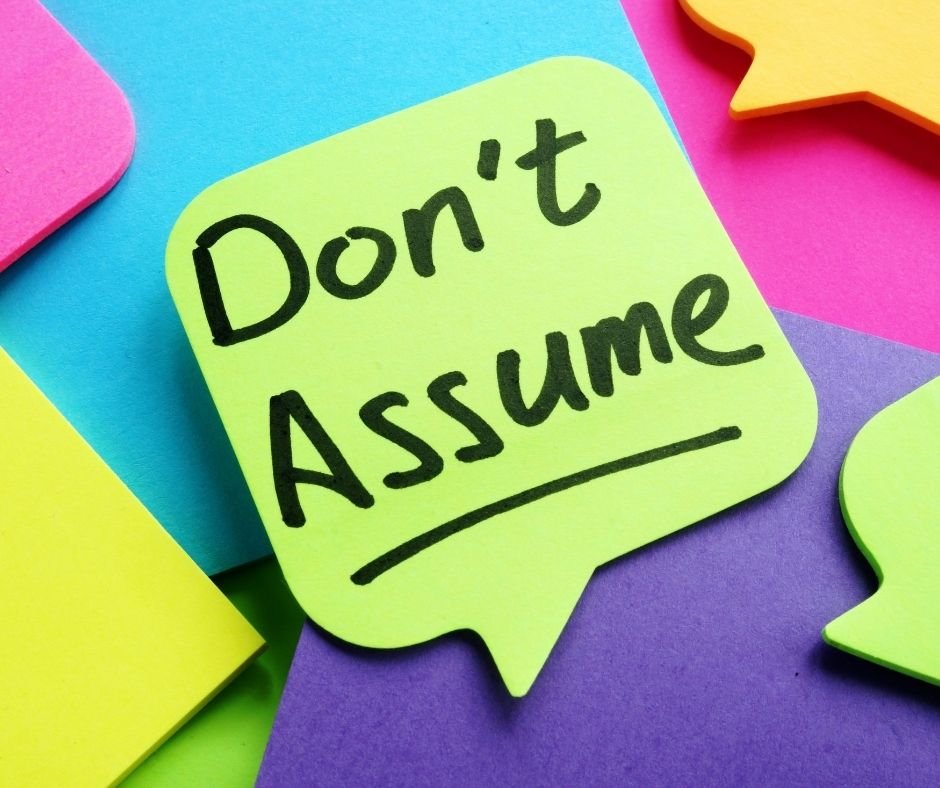Content warning: please note this article discusses sensitive topics including self-harm, suicide and mentions of eating disorders and substance abuse.
 Self-harm can be difficult to talk about and hard for others to understand as there are many misconceptions about the behaviour, and just as many preconceived ideas and stereotypes as well. Before you continue to read, take a moment and picture in your head – what you think about when you hear the term self-harm?
Self-harm can be difficult to talk about and hard for others to understand as there are many misconceptions about the behaviour, and just as many preconceived ideas and stereotypes as well. Before you continue to read, take a moment and picture in your head – what you think about when you hear the term self-harm?
A quick-fire question to the office whilst writing this blog returned answers of physical harm being associated with self-harm as a way to relieve stress or to punish yourself. People self-harm for different reasons, in most cases to help them cope with overwhelming emotional pain, these could be caused by social problems, trauma or psychological reasons.
It’s not uncommon to feel numb or empty once feelings have become overwhelming – self-harm can provide a temporary sense of feeling again and can turn invisible thoughts into something visible. Self-harm can also be used as a way of control, to give the person a sense that they are in control over their life, predominately over their feelings and their body, especially if they feel other events are out of control.
Before we look at how we may be able to help someone who we suspect is self-harming, it is important to try and reduce the preconceived ideas we may have.

“Self-harm is a suicide attempt”
In most cases individuals who self-harm do not intend to end their lives, they are using it to cope with emotions or trauma.
“It’s just attention seeking behaviour”
Individuals who self-harm are typically ashamed and want to hide their behaviour and those who engage in it will often take steps to hide their injuries. In this way, self-harm is not attention seeking.
“People who self-harm don’t feel pain”
People who self-harm are not immune to pain, but they find it bearable as it provides relief from uncomfortable emotions, often people who self-harm don’t experience happiness or excitement, so use self-injury as a way to feel something
“Only adolescents engage in self-harm”
Whilst self-harm is more common in adolescents, it can occur in any age group, but with adults may take the form of other behaviours.
“Cutting is the only form of self-harm”
Whilst cutting is a common form of self-harm, and the one most often connected with the condition, there are other forms of self-harming behaviour as below:
- Over-eating or under-eating
- Excessive exercise
- Hitting yourself or walls
- Misusing alcohol, prescription and recreational drugs
- Having unsafe sex
- Getting into fights where you know you will get hurt
- Deliberate risk-taking behaviour, such as driving excessively fast
If you suspect a colleague or family member is self-harming it is important to acknowledge and deal with your feelings about what they are doing before you speak to them. If you feel you are unable to speak to them, try to find someone who can.
Choose a private place to have the conversation, somewhere they and you will be comfortable away from distractions of work if necessary and directly express your concerns about what you have seen and that you feel they may be hurting themselves, make it clear to the person you understand a bit about self-injury.
Self-harm is a very private thing and is hard to talk about, do not demand to have answers if they are not ready to discuss it. Stopping them from committing self-harm is not the purpose of the conversation, and you are not there to offer advice on other ways to cope.
If you or someone if your workplace or personal life needs help, you can find more advice and support for Self Harm from Harmless and Mind.
Written by Neil Ward, Training Consultant at WA Management.
If you’re interested in becoming certified in Mental Health First Aid, we offer courses up to QNUK Level 3 Award.

